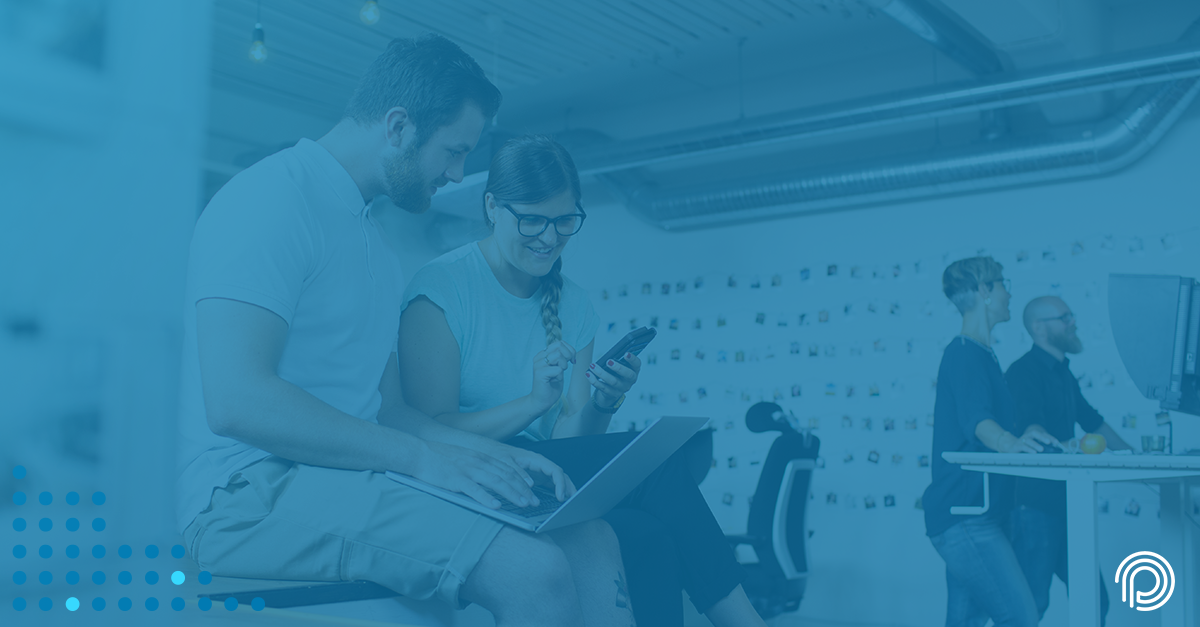June is Pride month here in the U.S., and many employers are celebrating by re-casting their logos in rainbow. Don’t get me wrong — a striking change to an emblem as steady as a logo can signal support. But the move rings hollow if it’s not matched by an underlying framework of inclusion and care.
Lots of businesses have realized the importance of making good on their public-facing promises, including those made during Pride month. After all, developing a strong diversity, equity and inclusion program isn’t just the right thing to do. It’s good for people, it’s good for business. Inclusive employers have been shown to earn higher revenue and grow faster. Such organizations are also much more likely to capture new markets and outperform competitors.
I probably don’t need to convince you of the benefits you can reap by doing DEI right. Most business leaders want to nail it. But the problem isn’t the wanting — it’s the doing. And that’s what we’re going to talk about today.
Don’t let fairness be the enemy of individuality
Why do employers fret over their plans to support their LGBTQ+ employees? One reason, perhaps, is that employers received clarity regarding LGBTQ-related workplace discrimination only two years ago. Up until then, agencies, courts and employers were split on whether our nation’s foremost anti-discrimination law banned workplace bias in regard to sexual orientation and gender identity, like it did with other characteristics such as race and religion.
The Supreme Court justices have now made it perfectly clear that employers may not discriminate against workers because of their sexual preference or gender identity. The edict leaves organizations to act in accordance with the standard set by Title VII, which generally states that employers treat workers the same and without regard to their protected characteristics.
This rule is a good one. But in the age of “bring your whole self to work,” it can feel a little stiff, especially during months like this one. Can we treat everyone the same while celebrating what makes us unique?
I believe that we can and should chase after fairness and individuality, all at the same time. In fact, that’s what PeopleBest is all about. We’ve created a tool that allows employers to uncover the precious and unique talents of their team members. Our technology generates information that informs business leaders where their workers thrive, allowing them to equip individuals with the right opportunities, training and challenges. Our platform allows organizations to go deep with their DEI initiatives, seeking to support and further everyone, all the time.
To find out how PeopleBest brings real solutions to understanding your people, book a demo and set up a time to chat with one of our specialists.
PeopleBest is a revolutionary, simple and powerful way to capture the exact ‘DNA of success’ inside people, teams and companies




